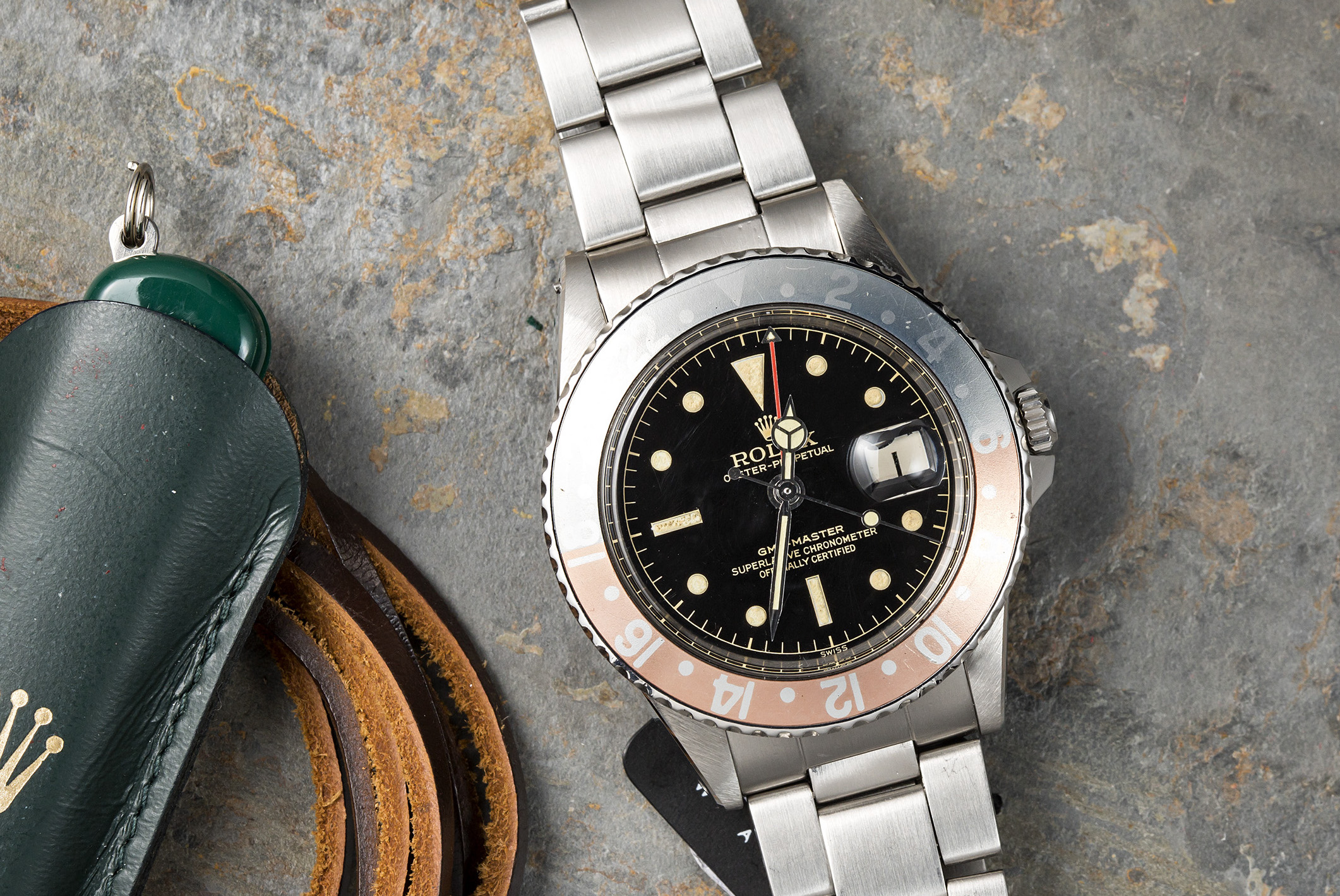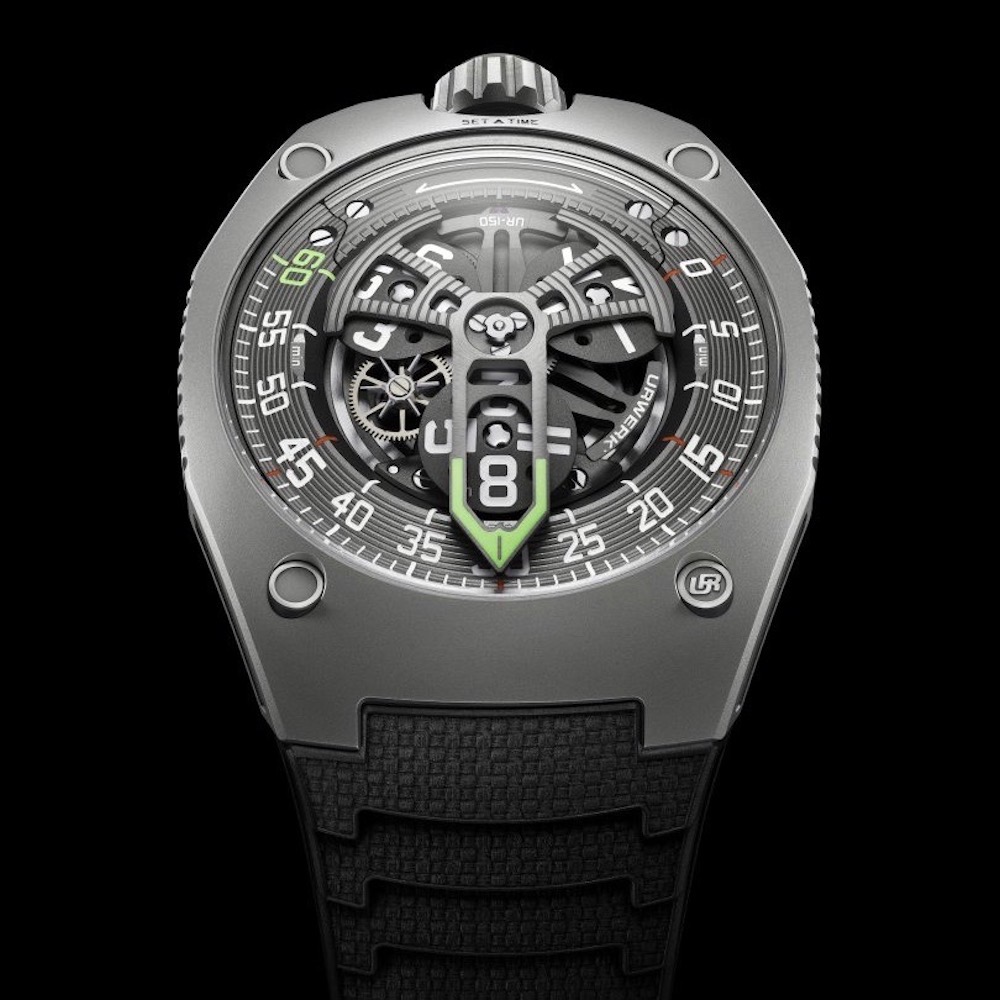Thinking of Buying a Collectable Rolex at Auction? Read This First
Recently, extremely rare and collectable Rolexes have started fetching millions of dollars at auction, putting them on a par with classic cars and modern art in terms of gold-plated investments. Naturally many are keen to get in on the action, and even vintage Rolex models of lesser value have shown strong gains over time. But before you jump feet first into this complex market, we have some words of advice from two top experts in the field: Paul Altieri, founder of high-end pre-owned Rolex retailer Bob’s Watches and one of the world’s top Rolex collectors; and Blake Buettner, Director of Watches at StockX, the live “bid/ask” marketplace backed by Eminem and Mark Wahlberg where collectors can build their portfolios of luxury Rolexes and other timepieces.

“Whether you’re talking watches, classic cars, art, or antique furnishings, provenance, pedigree, and documentation to support them are crucial in establishing value,” Altieri says. “Validating the authenticity and originality of vintage Rolex watches can be troublesome at best, and there is always room for error,” so make sure you go about it the right way. Among the most difficult things to verify when bidding on a rare Rolex like the "Paul Newman" Daytona at auction is the originality of its pieces and parts. Hence Altieri offers an ironclad, money-back guarantee of authenticity on any watches he sells.

"Watch auctions are ideal venues to acquire investment grade timepieces, with increasing priority being placed on unique and high-profile provenance," Buettner says. "However, even prestigious auction houses aren't immune to errors when it comes to nailing down a watch's exact history. It's important to do your own homework, and not rely entirely on the auction catalog." It is however also entirely possible to suss out bargains at major watch auctions. "If you're not looking to drop six figures on up, there are plenty of under the radar deals to be had," Buettner notes.

"Spend some time looking through the entire catalog and you might be surprised at what you'll come across," he counsels. "Set some bid limits on the sleepers and cross your fingers." The uncertainty may not of course work for everyone, and bidding wars can end up being emotional affairs so it may be worth checking out a bid/ask site like StockX first where there's lest risk involved than when auction paddles go flying. Transparent pricing is also an important component of Bob's Watches' business model (they were the first to offer it).
“The other serious consideration in the auction world is reported condition versus what you can see with your own eyes,” Altieri explains. “There are many examples out there of how fundamentally different a vintage watch can appear in some of the auction house imagery versus how they look and feel first-hand.” Before laying out major cash on a collectable watch you should ask to inspect it in person. Most reputable auction houses will allow this. While slight differences in condition or originality “aren’t the kind of thing that will necessarily make or break a sale, it’s precisely the kind of thing that will impact the value of a watch in the long haul,” Altieri says.
At the end of the day the rules are “do your homework, examine thoroughly, and ask questions,” Altieri declares. “When parting with your hard-earned money to invest in a vintage timepiece, you can’t be too careful, and the last thing you want to have happen is to get burned by an oversight or generally dodgy practices that remain a sad reality of the vintage market these days. With vintage prices soaring, there are a lot of folks out there looking to make a quick buck, making it even more crucial to ensure you’re buying from a reputable retailer or someone you know you can trust.”
















